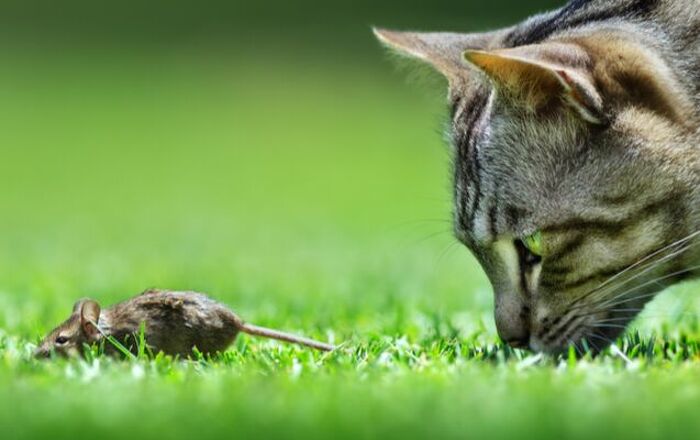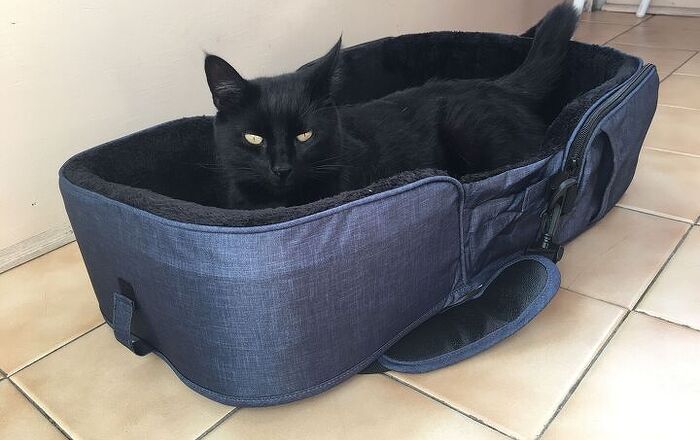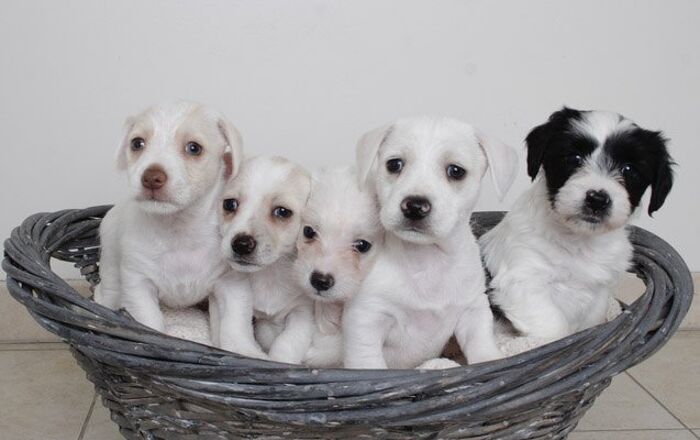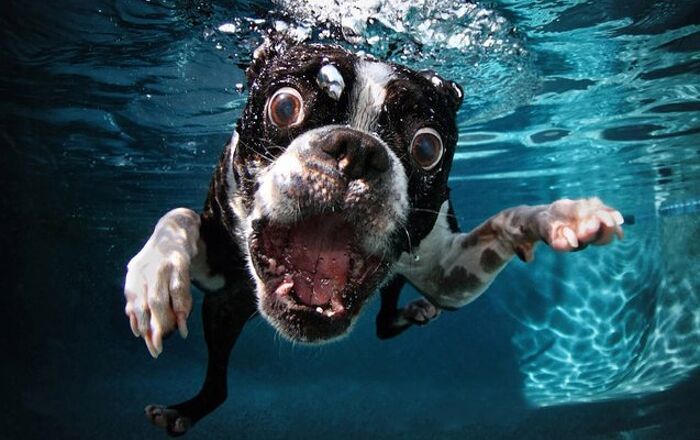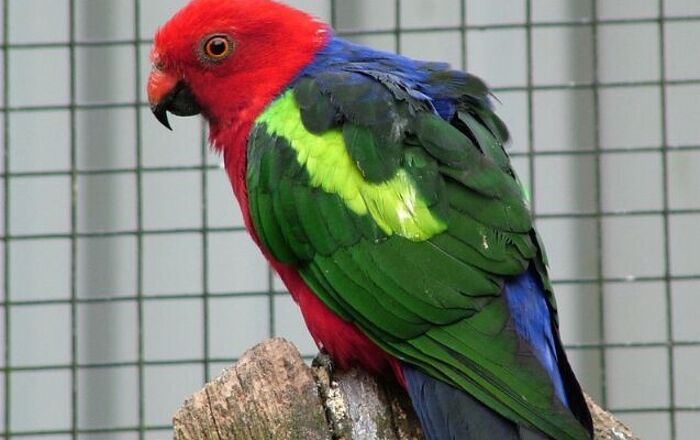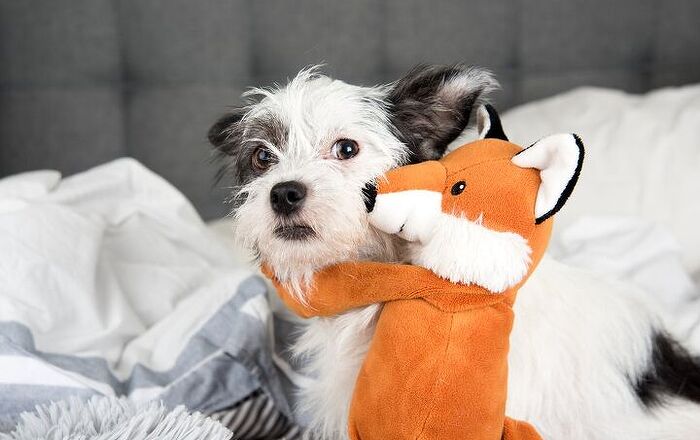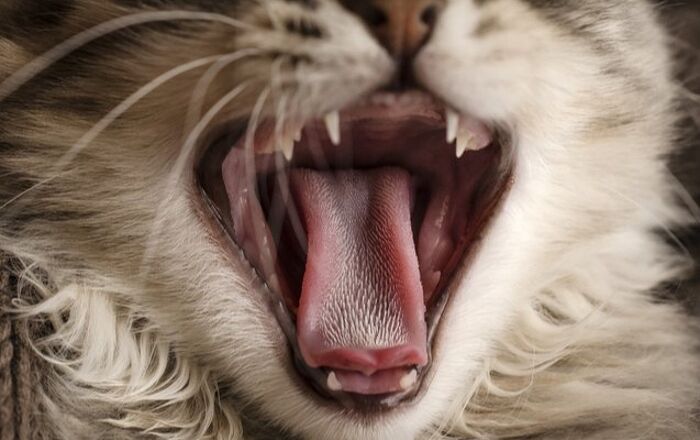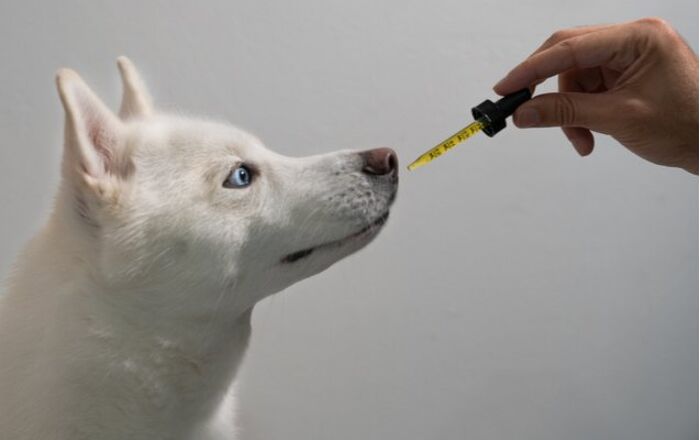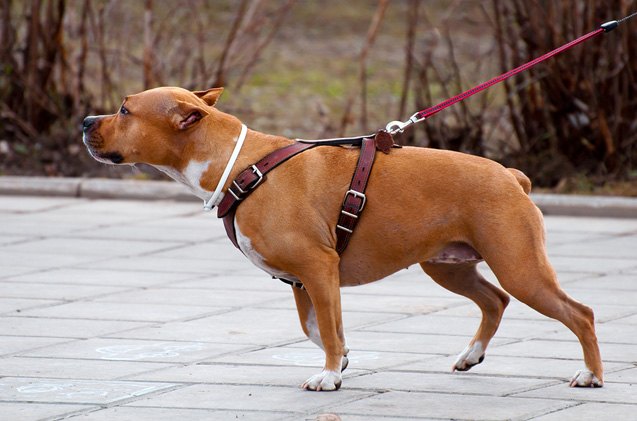
Does your dog wear a collar or a harness? We’ve leashed in points to keep in mind before making a decision.
When it comes to doing what is best for your dog, you may be wondering which is better – a collar or a harness. The truth of the matter is that some dogs do better with a collar while others do best with a harness. How do you choose? Let’s go over some pros and cons of both options, along with a few tips for choosing the right one for your dog.
Pros/Cons of Collars
The standard collar is the most common choice for dog owners, largely because it is convenient – you can leave the collar on your dog at all times and it carries your dog’s ID tags. The main disadvantage of the collar is that it can contribute to neck injuries if not used properly. If your dog has a tendency to pull on the leash, prolonged pressure on the neck can lead to injury. Also, if your dog is wearing a collar and suddenly runs after something, when he reaches the end of the leash he will be yanked back, putting all of that pressure on his neck.
Related:Electronic Dog Collars Could Do More Harm Than Good
There are actually several different versions of the collar, some of which are controversial – the choke collar, pronged collar and Martingale collar. The choke collar and pronged collar are generally not recommended for obvious reasons (they can be dangerous for your pet) but the Martingale collar certainly has its uses. This type of collar is also known as a slip collar and it works by closing around the neck (decreasing in size) when your dog pulls on the leash – this prevents your dog from slipping out of the collar.
Pros/Cons of Harnesses
A harness differs from a collar in that it takes the strain off of your dog’s neck and distributes it either across his chest or back, depending on the design of the harness. The main benefit of a harness, then, is that it prevents injuries to your dog’s trachea, especially if he has a tendency to pull on the leash. Another benefit of the harness is that it gives you greater control over your dog – this is also a benefit if your dog is big or overly active.
Related:Head-Lites LED Collars
On the con side of the harness, it doesn’t offer much control if your dog has behavior issues. These issues include leash pulling, jumping up or displaying aggression.
As is true for collars, there are several different types of harness to choose from. The two main types are front-attaching and back-attaching. A back-attaching harness has a strap that goes around the dog’s abdomen and a portion that comes between the front legs – you then connect the leash to the clip on the back of the harness. A front-attaching harness has a strap that goes around the abdomen behind the front legs and wraps around the front – the harness tightens when your dog pulls and it clips in the front of the harness.
Making the Right Choice
Whether you choose a collar or a harness is ultimately up to you but it would be wise for you to at least make an educated decision. Collars are recommended for dogs that do not pull on the leash and for those that are unlikely to take off after a distraction, thus putting them at risk for dangerous pressure on the neck and trachea. If you choose a collar, you also have to decide what type – Martingale collars are particularly recommended for dogs that have a tendency to slip out of the collar (like greyhounds). Harnesses are recommended for dog owners who have a little trouble controlling their dogs, either because of their size or because they tend to pull on the leash. Front-attaching harnesses are recommended for large-breed dogs, while back-attaching harnesses are best for smaller dogs.
That all said, we’d be lying if we didn’t tell you that for many reasons, the harness seems to be the trend among experts and vets. While they used to be considered an extra or a tool for dogs who couldn’t do well / pulled too much with just a leash, they’re kind of considered like the norm for walking by many trainers. You don’t have to ditch the collar altogether, particularly if you’re worried about your dog getting out and needing identification. But, there are so many incidents with dogs that involve their esophagus, their trachea and their thyroid, you have to wonder why you risk it. Find a harness that works with your dog’s collar or safety and tagging, but consider a harness for any walks or any time you think there’s even a slight chance you may pull on the leash for safety or correction.
So are you Team Collar or Team Harness? Which one do you use and why? Leave your opinions in the comment section below.
